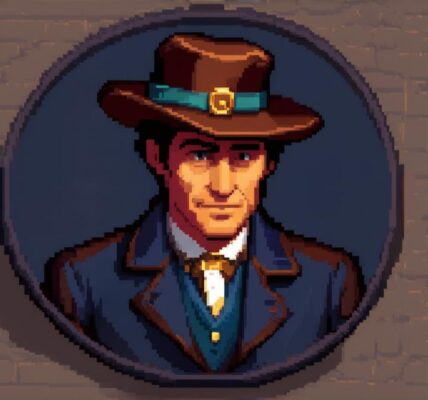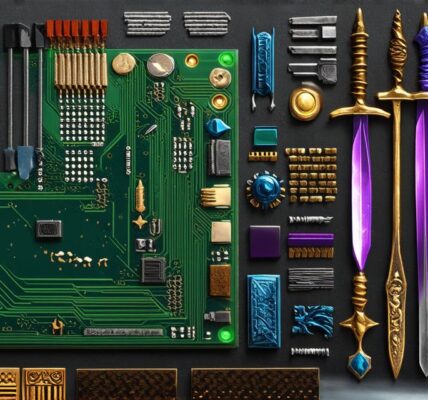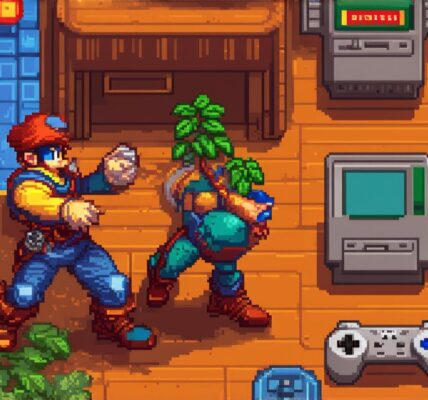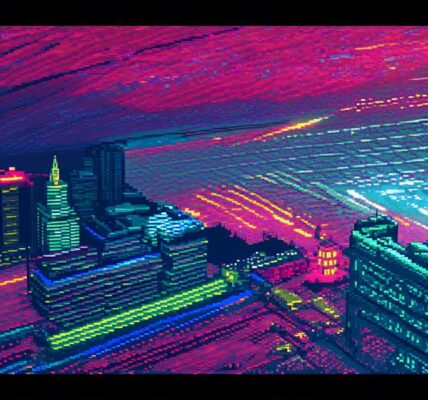Step 1: Define your concept
Before you start designing your game, it’s important to have a clear idea of what you want to create. This means defining your concept, which is the overall idea or theme of your game. Your concept should be something that will appeal to your target audience and set your game apart from others in the market. It’s important to keep this in mind throughout the entire development process, as it will guide all of your decisions and ensure that you stay true to your vision.
Step 2: Create a prototype
Once you have a clear concept, the next step is to create a prototype. This is a basic version of your game that you can use to test and refine your ideas. A prototype doesn’t have to be anything fancy – it could be as simple as a paper and pencil sketch or a basic program that you’ve created using a game engine like Unity or Unreal Engine. The important thing is to get your ideas down on paper (or screen) so you can see how they flow and make any necessary changes.
Step 3: Develop your game mechanics
Once you have a prototype, it’s time to start developing the mechanics of your game. This includes things like movement controls, combat systems, and puzzle-solving elements. You will want to work with a programmer who has experience in game development to help you create these mechanics. They will be able to provide guidance on best practices and ensure that your code is optimized for performance.
Step 4: Design your levels and environments
Once your mechanics are in place, it’s time to start designing the levels and environments of your game. This includes creating art assets like characters, backgrounds, and objects, as well as laying out the layout of each level. You will want to work with an artist who has experience in video game design to help you create these elements. They will be able to provide guidance on best practices and ensure that your designs are visually appealing and engaging.
Step 5: Create your story and narrative
In addition to the mechanics and visuals, it’s important to create a story and narrative for your game. This includes things like dialogue between characters, cutscenes, and other elements that will help to immerse players in your world. You will want to work with a writer who has experience in video game writing to help you create this narrative. They will be able to provide guidance on how to craft an engaging story that keeps players invested in your game.

Step 6: Test and refine
Once you have all of the elements of your game in place, it’s time to start testing and refining. This involves playing through your game multiple times, looking for bugs and issues, and making necessary changes to improve the overall experience. It’s important to be open to feedback from beta testers and other industry professionals, as they will be able to provide valuable insights into areas where your game could be improved.
Step 7: Publish and promote
Once you have refined your game to a high standard, it’s time to publish and promote. This involves submitting your game to various platforms like Steam, Xbox Live, or PlayStation Network, as well as creating marketing materials like trailers, social media posts, and press releases. You will want to work with a marketer who has experience in video game promotion to help you create an effective marketing campaign that reaches your target audience.
Case Studies
To illustrate how these steps work in practice, let’s take a look at two real-world examples of successful video games:
Super Mario Bros.
and Minecraft.
Super Mario Bros.
In the late 1980s, Nintendo released
Super Mario Bros.
, which quickly became one of the most popular video games of all time. The game was designed by Shigeru Miyamoto, who started by creating a prototype using simple paper and pencil sketches. He then worked with programmers to develop the mechanics, including the iconic jumping and running movements.
Next, Miyamoto created the levels and environments, drawing inspiration from real-world locations like forests, deserts, and castles. He also created the story and narrative, which revolved around Mario’s quest to rescue Princess Peach from Bowser.
Once the game was complete, Nintendo published it on multiple platforms, including the NES, Game Boy, and Super NES.




